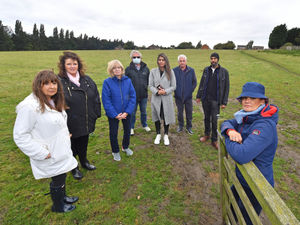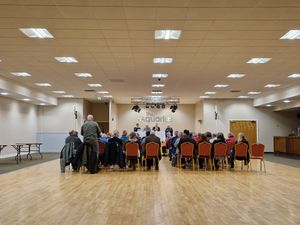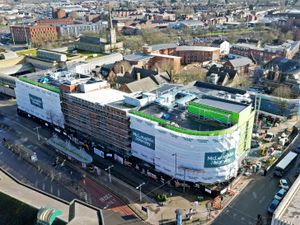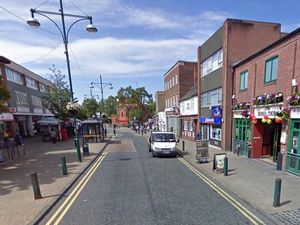Black Country Plan slammed over 'wildly exaggerated' housing demands that 'will destroy green belt'
The region's green belt could be destroyed due to housing needs being "wildly exaggerated", a leading campaign group warned today.

The Campaign to Protect Rural England (CPRE) said the Black Country Plan (BCP) was in danger of sparking an "unnecessary" building spree.
It has urged councils to use "new evidence" to fight against the Government’s "out of date" estimates, which it said have led to far too many homes being allocated to the four boroughs.
Land has been lined up for more than 76,000 homes by 2039 in the BCP – a joint local plan detailing housing and employment schemes.
This includes around 7,700 on green belt sites, which can only be released for development under "exceptional circumstances".
But according to the CPRE, new analysis of census data shows the stated housing need is far too high.
It also said thousands of extra homes could be built on old industrial land and in town centres instead of on the green belt.
Peter King of West Midlands CPRE, said: “We understand that councils need to build new housing to support local people, but the evidence shows they can build those homes and keep the countryside.
“We know that they are constrained by Government’s politically driven and out-of-date housing estimates, but, with this new evidence, the councils can show the exceptional circumstances needed for green belt release simply do not exist."
The charity said claims of a shortfall of 28,000 homes had been “wildly exaggerated”, with census records showing the number of households in the Black Country in 2021 was 9,000 down on the figure used in the plan.
The charity also analysed the recent Chilmark report, commissioned by West Midlands Mayor Andy Street, and concluded that up to 12,000 extra homes could be built on non-green sites across the region.
It said: “If that is the case the current proposed building spree would lead to totally unnecessary green belt loss around the Black Country and beyond, increased traffic, adding to carbon emissions and destroying valuable wildlife and landscape areas."
According to the plan, other green sites in neighbouring areas such in Staffordshire and Shropshire would be required under a ‘duty to cooperate’ to meet a growing housing need.
In the Chilmark review, which was commissioned by West Midlands Mayor Andy Street and published in June, a number of “additional brownfield opportunities” were put forward.
These included town and city centre developments and making better use of existing former industrial sites.
The new CPRE analysis claims the extra supply could amount to between 5,000 and 12,000 new homes – which would drastically reduce the need for green belt development.
It says data suggesting more than 800 homes could be built above empty shops in Wolverhampton. Extending the approach across the region could see the creation of nearly 2,500 homes, the CPRE said.
Meanwhile more than 3,600 homes could be built on land not fully exploited in so-called ‘strategic centres’ including West Bromwich, Brierley Hill and Walsall.
‘Tier Two’ areas, including Willenhall, could be used for almost 4,000 extra homes, and sites allocated for employment could take a further 1,100 homes, according to the charity.
The analysis concludes that the total number of extra homes created could be as high as 12,204.
Meanwhile the CPRE has also claimed the number of households in the Black Country in 2021 was 9,000 down on the figure used to calculate housing estimates in the BCP.
Using analysis of the latest census data, the charity says the figure could rise to 15,000 over the course of the plan.
Peter King, acting chair of West Midlands CPRE, said the evidence showed there were “fewer households and more brownfield land to be built on”.
The BCP has been mired in controversy since it was published in draft form last year.
It has been the subject of a wave of protests by campaigners battling to save sites across the region, including Calderfields West in Walsall and The Triangle in Kingswinford.
A number of sites in Dudley have been removed from the plan in the wake of strong public opposition.
They include grazing fields at Wollaston Farm, Stourbridge and land at Guys Lane, Lower Gornal, which were pulled in March.
And last month five other sites were taken out, including land off Lapwood Avenue, Kingswinford; and Seymour Road, Wollescote.
Council chiefs insist they have done all the can to protect the green belt.
They have called on ministers to revise the region’s housing targets, which they say could be greatly reduced if more up to date data was used.
The Black Country Plan is to be scrutinised at a council meeting in Walsall in the autumn.





